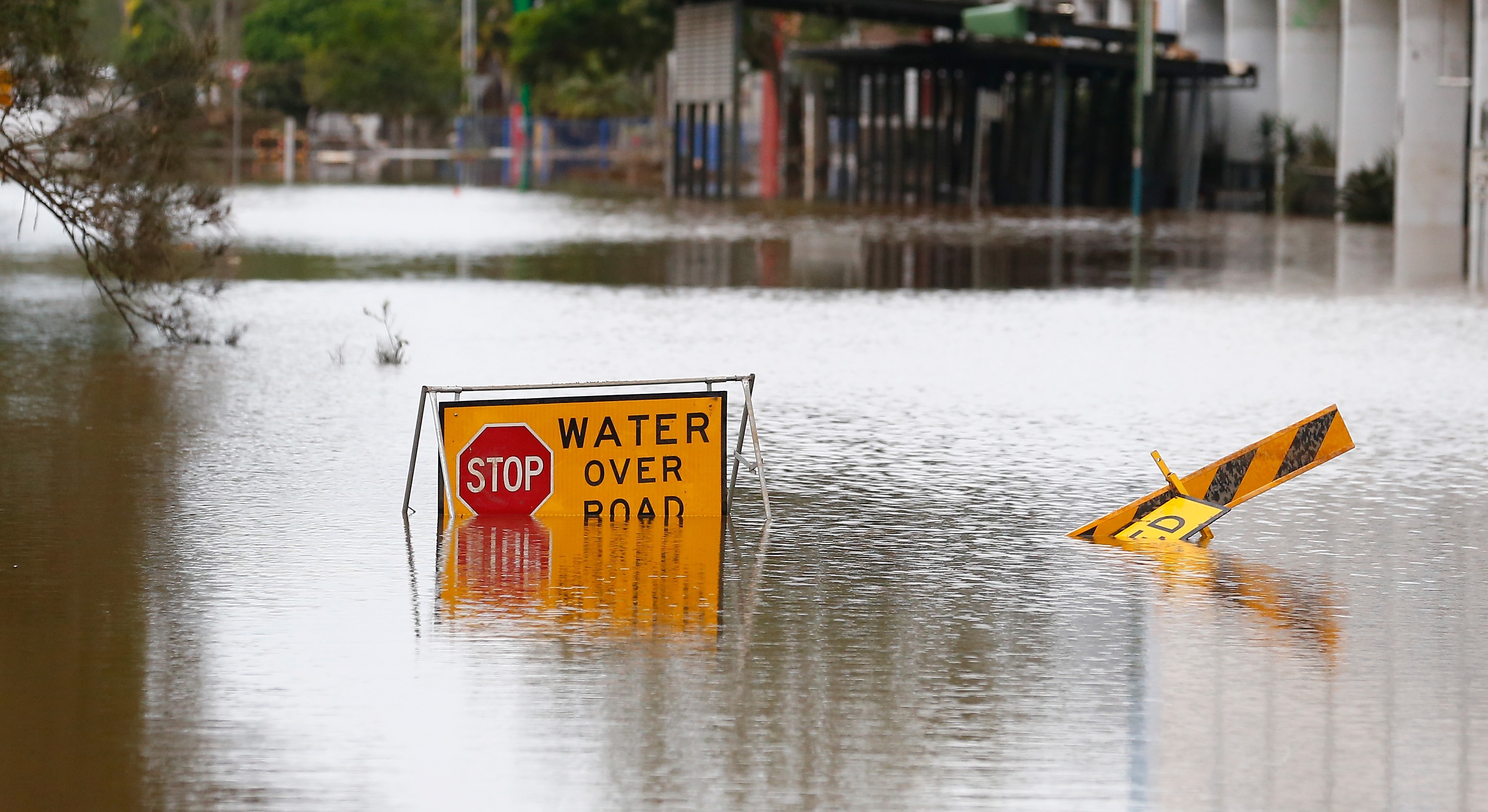
Sciences & Technology
Protecting our thirsty urban trees from more harsh summers

Understanding the interaction between increasing rainfall and dry soil conditions can help us better plan for the consequences of climate change
Published 1 July 2019
For some time, we’ve known that severe rainfall events are increasing with climate change, along with their the potential to cause greater flooding, in particular, flash flooding.
But, curiously, floods in rural areas have not been increasing. In fact, both across Australia and the world, flood magnitudes are decreasing while rainfalls are increasing.

Our research has explained this apparent paradox – finding that soils are becoming drier before it rains, which means that more rain is soaked up, causing an overall reduction in flooding.
The long-held expectation is that increased rainfall extremes will lead to increased flooding.
The physical basis for this is the Clausius-Clapeyron relation, which describes how warming air temperatures can hold more moisture.
So it’s not a great leap to expect that extreme rainfalls will be more intense if there is more moisture in the atmosphere. This rate of increase is generally approximated to seven per cent rainfall increase for every degree Celsius increased.
As the Clausius-Clapeyron relation provides a physical explanation for why extreme rainfalls across Australia are increasing, as indeed they are, it is only natural to assume that this will translate to increased flooding.
But this explanation neglects a key variable in the the rainfall-flood relationship, that is, how dry or wet the soil is before it rains.

While we can expect the largest floods to increase with climate change, smaller floods will decrease due to drier soil conditions.
The end result is decreased flow pulses into water systems and reduced inflows into our storage dams while the overall threat of extreme flooding actually increases.
In urban areas, concrete pavements dominate.

Sciences & Technology
Protecting our thirsty urban trees from more harsh summers
There aren’t as many pervious or permeable surfaces that allow water to soak into the soil. As a result, floods will increase in these areas as we experience increased rainfall extremes.
But in rural regions of Australia, where mean rainfalls have declined and temperatures have increased like areas in Western Australia and Victoria, we may actually see decreased flooding.
Importantly, the ability of infrastructure to cope with climate change needs to take into account both the complexity of the system and the intended use of the system.
Although water stored in dams is likely to decrease, the dam structures themselves may be at greater risk of failure due to overtopping by floods.

Urban infrastructure may be at risk of exceeding capacity due to a lack of pervious surfaces, but this also offers a potential solution with water-sensitive urban design that could mitigate increased rainfall extremes by increasing areas where the water can soak down into the soil.
It is only by understanding this important interaction between all of the variables into the future that we will be able to adequately plan for the consequences of climate change.
Big floods can occur because of small rainfalls on very wet catchments, or from large rainfalls on very dry catchments. But this relationship is highly variable and depends on how large the rainfall event actually is.

Environment
Saving stormwater with a veggie raingarden
As part of our work, we looked at 213 catchments across Australia with high-quality streamflow (that is, the flow of water in natural watercourses like streams and rivers), rainfall and soil moisture.
Where previous research has focussed on each of these variables independently, we brought them together – sampling rainfall events and investigating the resulting flooding.
By using a statistical analysis known as quantile regression which models the relation between a set of predictor variables and specific percentiles (or quantiles), we could then analyse these events.
We found that although on average extreme rainfalls are in fact increasing, flood magnitude is decreasing on average at rate of 15 per cent per decade as a result of drier conditions.

But this relationship varies depending on how severe the event is, and there’s a complex trade-off of impacts arising from increased rainfall extremes and flooding.
For the most extreme events, like those we expect once every 50 years, the increases in rainfall outweigh the change in the drier soils, and the change in flood magnitude is likely to be similar to the increase in the rainfall.
Banner: Getty Images